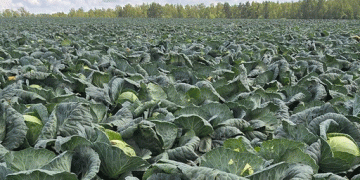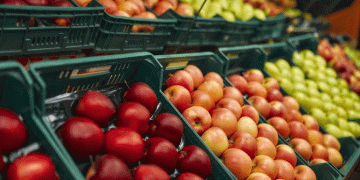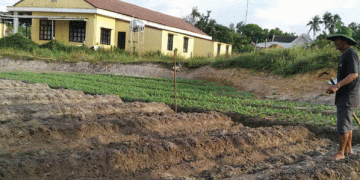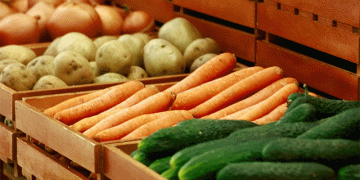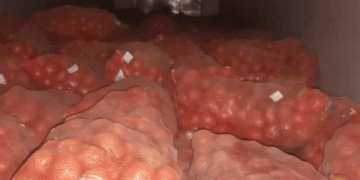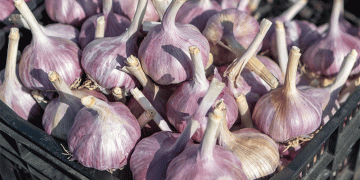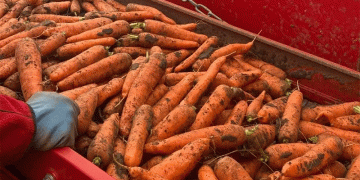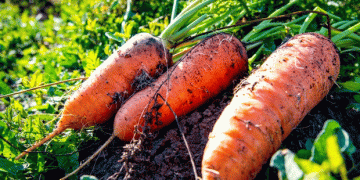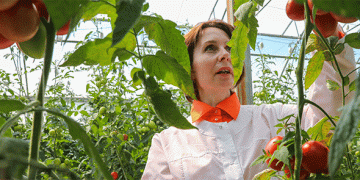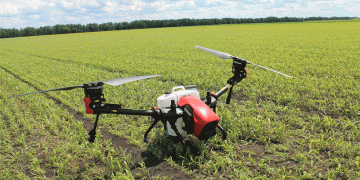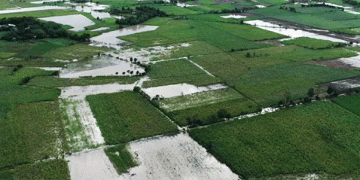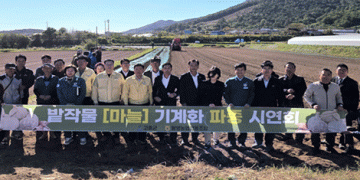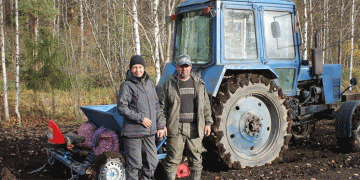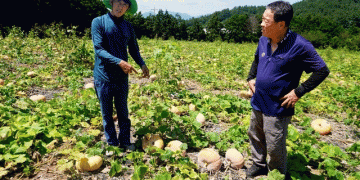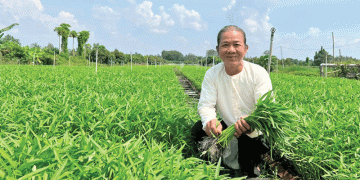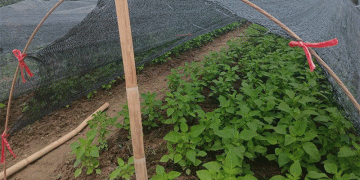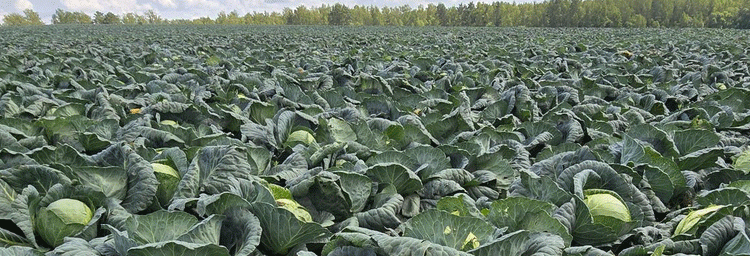At OSP Agro in Russia’s Ozyorsky district, 200 hectares of cabbage are being carefully hand-harvested to preserve quality. Despite the availability of mechanized solutions, the agri-holding has opted for manual labor to ensure each head meets retail standards.
Why Hand Harvesting?
- Mechanical damage reduction: Combines bruise leaves, leading to faster spoilage.
- Retail requirements: Supermarkets demand intact, blemish-free heads with no cracks or compression damage.
- Yield preservation: Hand-cutting minimizes field losses (just 5-7% vs. 15-20% with machines).
OSP Agro’s Multi-Crop Farming Strategy
Beyond cabbage, the company cultivates:
| Crop | 2024 Target |
|---|---|
| Potatoes | 15,000 tons |
| Wheat/Barley | 15,000 tons |
| Corn | 30,000 tons |
| Silage/Silage | 150,000 tons |
| Straw (bales) | 50,000 rolls |
Storage & Distribution
- Temperature-controlled warehouses maintain cabbage freshness for extended shelf life.
- Direct retail supply chains ensure rapid delivery to supermarkets.
Labor & Efficiency Trade-Offs
- Workforce: ~200 seasonal workers for cabbage harvesting.
- Cost: Hand-harvesting adds 20-30% to labor expenses but ensures premium pricing.
- Market advantage: Retailers pay 15-25% more for undamaged heads.
Industry Context
- Global trend: Some EU organic farms also hand-harvest cabbage (Germany, Netherlands).
- Automation attempts: Japan’s AI-guided robotic harvesters still struggle with leaf damage (success rate: 82% vs. 98% for humans).
Quality as a Competitive Edge
OSP Agro’s approach highlights:
✓ The value of manual precision in high-value vegetable production
✓ How retail demands shape farming practices
✓ The balance between scale and quality in modern agribusiness
For mid-sized farms, selective hand-harvesting may prove more profitable than full mechanization when supplying premium markets.
